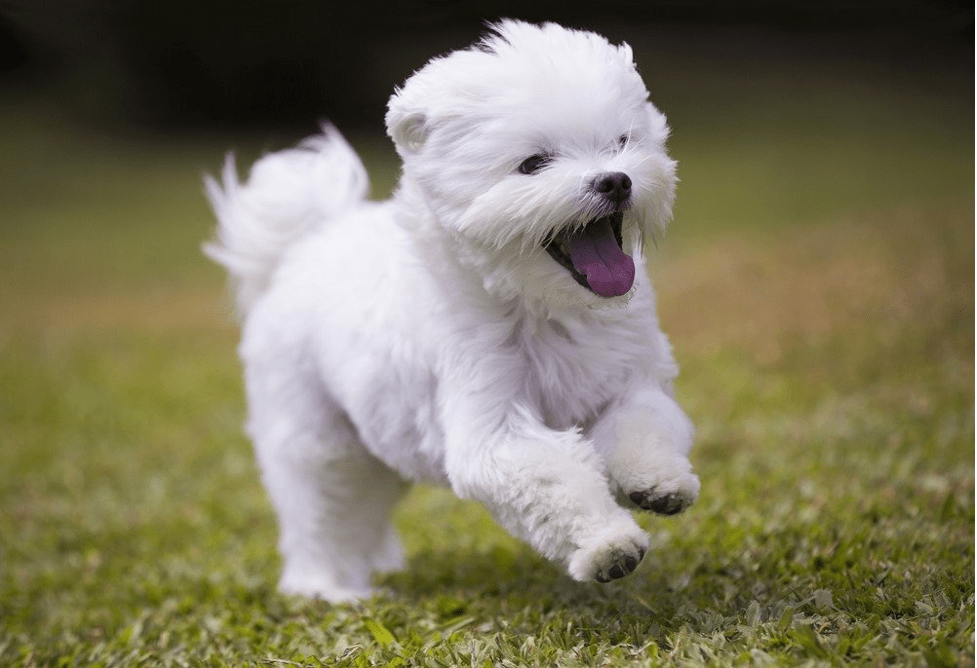If you fancy adopting a new pet for the house, there are many reasons why you want to consider the Maltese dog breeds. The toy-like dog could be the ideal companion if you need a furry, sweet-tempered, playful, and affectionate companion; the Maltese are the right pick. But before I get into all the plus sides to having this breed of canine around, let’s first settle a few things about getting a new dog.
Shopping for a New Dog
There are many reasons why people look to acquire a new dog. For one, they admire the companionship and relationship exhibited between humans and canines for centuries and would love to join the group of animal lovers. It is also possible you need added security at home and might think a pup could be a good idea. But whatever your reason for shopping for a new dog, it is crucial that you ensure that you are prepared to handle the responsibilities that come with owning a pet.
Feeding, bathing, grooming, training, and vet care are some of the things that come with pet ownership. So you want to ensure you have the time to dedicate to caring for your dog once it arrives home. Now that we’ve gotten that out of the way let’s talk about the Maltese dog breeds and the qualities that make them the homeowner’s favorite.
Maltese Dog Breeds
The tiny Maltese popular for a lap dog with many oldies has been in existence since the BCs and is a combination of beauty and brains. Notorious for being a head-turner at events when they walk the red carpets, they surely know how to fluff their stuff. You can find out all the basic information about the breed below.
History
Not much is known about the origin of the Maltese, but experts believe their roots can be traced to Malta, where they were bred from spritz and spaniel type breeds. Conflicting stories also abound about them emanating from Italy’s hills, while others claim they are from Asia. But whichever one you choose to believe, the bottom line is that these miniature breeds have come to stay.
By the 15th Century, they had found their way into the doors of the French noble class, and by the 16th Century, warmed their way into royal corridors of England. It wasn’t until the late 1800s that they arrived in the US. With many variations and crossings since they were first discovered, the Maltese have undergone changes. So it is common to find new breeds with alterations in characteristics, especially in appearance.
Appearance
 You undoubtedly won’t find it challenging to spot Maltese in a crowd. Their tiny size is one thing that you will be quick to notice. The fluffy white fur is also another reason they are adored. With the proper care, you would appreciate their furry coat. Charming dark eyes, a small buttoned nose, and floppy ears are some of the facial features that make them adorable.
You undoubtedly won’t find it challenging to spot Maltese in a crowd. Their tiny size is one thing that you will be quick to notice. The fluffy white fur is also another reason they are adored. With the proper care, you would appreciate their furry coat. Charming dark eyes, a small buttoned nose, and floppy ears are some of the facial features that make them adorable.
On average, they can weigh between 4 to 6 pounds and reach a height of 9 inches. Their compact athletic body makes it easy to get around. But you want to be careful to avoid dropping them from a height. They are fragile and need proper care to get them to reach their life expectancy of 12 to 15 years. You can check here for tips on how to help your dog live longer.
Grooming
Caring for Maltese skin could be where most of the work lies for their owner. The silky white fur needs to be kept clean. The good part is they do not shed much, so you won’t have to pick them up after them. Gentle brushing and combing should be done daily to keep the fur straight.
Their white color often gets dirty, so you want to schedule bath time for once a week at least. A conditioning oil or detangle spray should help with getting rid of mats and loosening tangled hair.
Tear stains are common around the eyes, and you should help with cleaning them out to help with your Maltese vision. Nail trimming once a month will also help with getting around and avoid injuries where they grow out.
Feeding
Maltese do well with dry food, and you want to stick to a nutrient-rich brand. Your vet can help with suggesting a better option for your pet. Twice daily of half or quarter cup of dry meals should be enough to maintain optimal health. You can also spice things up by throwing in treats occasionally to add more nutrition to their diet.
Temperament
You will find them to be playful and energetic. And if they find a playmate will surely be a lot to handle. Their intelligent and affectionate natures make for a warm canine companion that is fun to be around. They are great with children and do well around other pets in the house.
But you want to keep them away from the big dogs as they could get injured playing with larger breeds. Overall, you get a dog with a good temperament that every member of the family will love.
Training
Maltese are easy to train and quite adaptable to a new environment. But you will have to put your foot down if you hope to get them to learn fast. Their playful nature could get in the way of making progress, so you want to be strict about schooling. There are helpful suggestions here https://www.thesprucepets.com/steps-to-train-your-dog-1118273 to help train your Maltese.
Final Note
The Maltese, a tiny white-haired breed, grows up to 9 inches and weighs 6 pounds on average. They are easygoing and fun to be around. You won’t have difficulties with training them, but you want to put effort into grooming if you want their fur to stay clean.

Aftab Hussain is a versatile journalist who covers a wide range of news topics with depth and precision. His commitment to delivering unbiased reporting ensures that readers stay well-informed about the most significant events and stories shaping India and the world.

